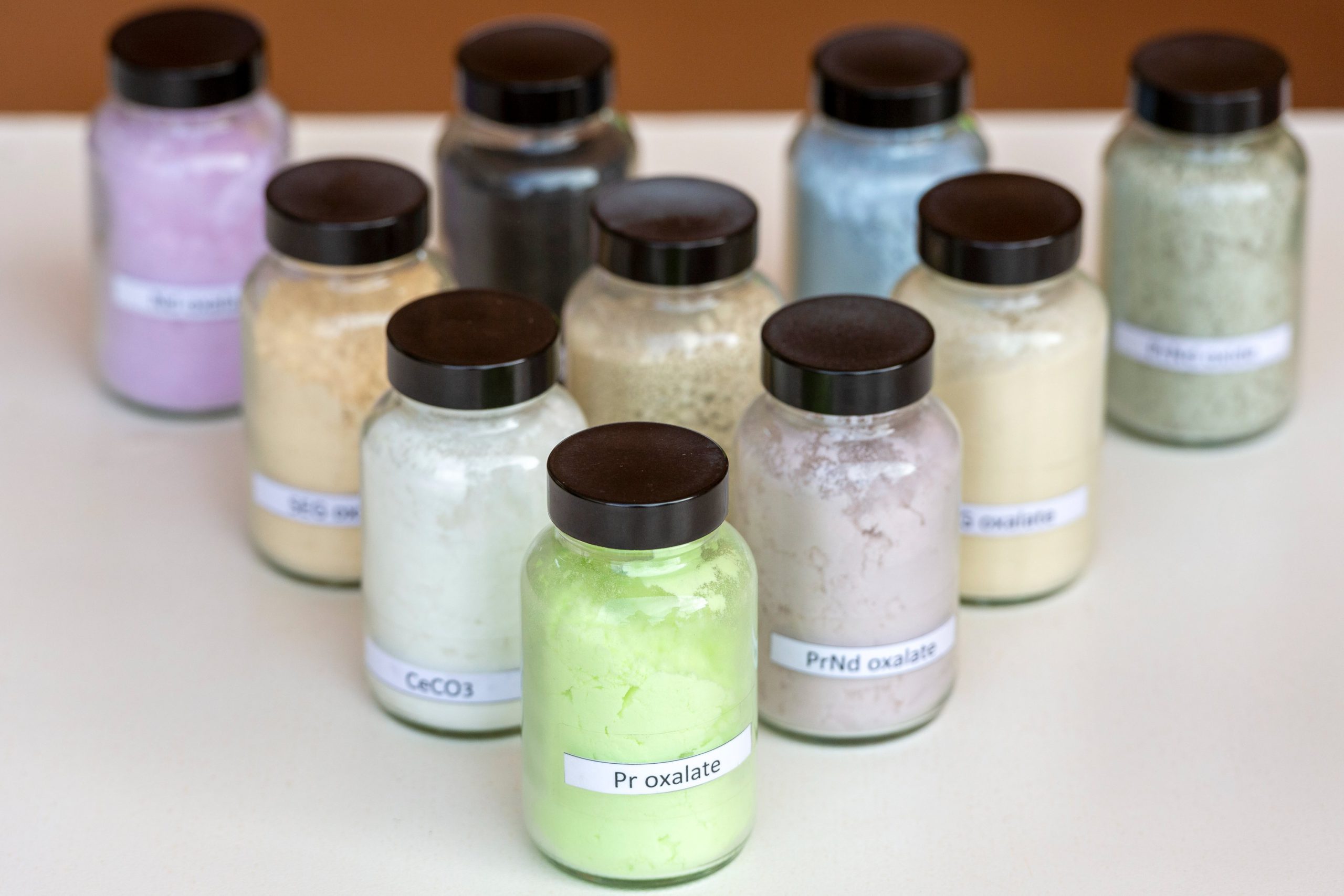Is Pakistan’s paranoia pushing it into a nuclear war with India?
The possibility of a nuclear war between Pakistan and India grows every day. If the Pakistanis do not bring under control the terrorist groups in the country and resolve the conflicts with India, it is not a matter of if it will happen, but when.
There have been few achievements to celebrate in the sixty-five year history of Pakistan and that has made the success of the nuclear program central to the national identity. This is especially true for the military that receives a quarter of the budget and is the only strong national institution.
Development of the weapons started in January of 1972 by Zulfiqar Ali Bhutto, when he was the Minister for Fuel, Power and Natural Resources. The decision to go nuclear came after a disastrous military defeat in 1971 by India. Bangladesh with Indian assistance separated from Pakistan.
Without its eastern territory, Pakistan was facing an enemy six times larger. The only way to deal with such a threat was to acquire an equalizer. Pakistani Prime Minister Muhammad Ali Bogra stated in 1954, “When there is more equality of military strength, then I am sure that there will be a greater chance of settlement.” His words expressed what is an ongoing national preoccupation with military parity with the far more powerful India
India joined the nuclear club in 1974. Pakistan followed in 1998 and became the only Moslem nuclear power with what became known as the “Islamic Bomb;” and that made it a leader in the Islamic world community.
The Pakistan high command believed that the U.S. does not want a Moslem country to possess nuclear weapons and will at some time in the future attempt to seize or destroy its arsenal. Since September of 2001, much of the American military action has been directed towards Moslem states. As the sole nuclear Islamic country, that convinces the Pakistanis that they too will be targeted.
Washington worries that Pakistan with a number of terrorist organizations supported by the Inter-Service Intelligence is the one place where terrorists would be the most likely to acquire a nuclear weapon or nuclear materials. A high ranking official of the Inter Service Intelligence told the Atlantic for a December 2011 article on the Pakistani nuclear weapons program, “You must trust us that we have maximum and impenetrable security. No one with ill intent can get near our strategic assets.”
Since April 2012, The Strategic Plans Division that is charged with protecting the nuclear arsenal of an estimated ninety to one hundred and ten strategic warheads has been adding an additional eight thousand specially trained troops to protect the storage facilities from an American attempt to seize or destroy the nuclear weapons. A retired high level Pakistani officer confided that he and many of his colleagues believe that the U.S. will move against nuclear facilities shortly after the American combat role ends in Afghanistan. He and his colleagues expect the United States to abandon Pakistan as it did in 1989 when the Soviet Union was driven out of Afghanistan.
The raid by U.S. special operation forces into Abbottabad in May of 2011 to kill Osama Bin Laden has been taken as a warning signal by chief of army staff General Ashfaq Kayani what to expect. Senator John Kerry was sent to Pakistan shortly after the raid to explain the American position. He did not reduce the general’s anxieties when he declined to provide a written guarantee that the U.S. would not attack the Pakistani nuclear storage facilities.
The positioning in the region of units under the United States Joint Special Operations Command is a factor that is feeding the Pakistani paranoia. The task of JOSC is to keep out of the hands of terrorists nuclear materials that were abandoned when the Soviet Union left the Central Asian states. Included in what is seen as a high risk region is Pakistan that is on the list of failed or failing states.
Satellite photos and other sources estimate that there are fifteen locations where weapons or nuclear materials are likely to be kept. Six of these have been attacked by terrorists, although no weapons or materials have been taken.
The generals are probably telling the truth when they say that the weapons are safe in the military facilities. What they are not saying is that their effort to evade detection by the Americans has created other serious flaws in the security.
The assurance that the weapons are safe from attackers collapses once a warhead leave the guarded facilities. Weapons are being moved frequently in lightly defended ordinary vehicles along public highways to prevent Indian and American spy satellites or snooping drones from tracking the movements. There is little doubt that various extremist organizations have penetrated the military and are aware of the schedules and routes, but ISI acts as if it has enough control over the terrorists to prevent an ambush.
The larger strategic nuclear warheads are often transported disassembled. Recently, though, Pakistan has adopted tactical nuclear weapons with smaller warheads that are easier to moved assembled.
In April, ISI released photos of the Nasr, a new sixty kilometer range missile that appears to be capable of delivering a nuclear warhead. Because of the short range of the weapon, it will have to be positioned close to the frontier. That places the missile in a more vulnerable position for a terrorist group to seize while being transported along public highways or in isolated locations
At the time that Pakistan acquired nuclear weapons, military strategists rejected tactical nuclear weapons because they would provoke the Indians to escalate to strategic weapons in response. That opinion has changed. The addition of a fourth nuclear reactor at Khushab that produces plutonium to be used in tactical weapons says that the inventory will be expanded.
Estimates of the amount of enriched uranium and plutonium in their inventory in 2011 places the potential number of weapons that can be produced at between 160 and 240.
They are developing as well two cruise missiles, two short range shoot and scoot type missiles and two ballistic missiles that will all require different types of warheads and different amounts of materials. They have the fourth largest and fastest growing inventory of warheads of the nine nuclear classified countries. What has never been made clear is when they will feel that they have enough warheads to give them a sense of security.
The military consumes so much of the national budget that the country has been forced to curtail other developments. No other source of revenue is available that will enable the Pakistanis to compete with the Indian military that has a budget three times greater than theirs and a growing diversified economy to support its expansion.
The high command has concluded that the only equalizer for the weaker of the competitors is the tactical nuclear weapon. What makes this a very high risk strategy is the Pakistani first-strike policy.
India nearly retaliated against Pakistan after the 2008 Mumbai attack. That was before Pakistan had begun deploying tactical nuclear weapons. India would have been able to use its superior forces to crush Pakistani defenses.
Should there be another deadly attack by a Pakistan based terrorist organization, especially if it involves a stolen nuclear warhead, the Indians will not hesitate to retaliate. This time, the Indian army will encounter nuclear weapons in the field. Then, Delhi that has no tactical nuclear weapons will have to decide if a strategic response is to be used. The survival of South Asia and far beyond will be depending on that decision.
By. Felix Imonti for Oilprice.com
{{ commodity.name }}
{{ post.title }}
{{ post.date }}



2 Comments
francis beth
Keep the balls rolling!! Nice posts you have given for us theatomproject.org
Screw the hooks
Love one another!